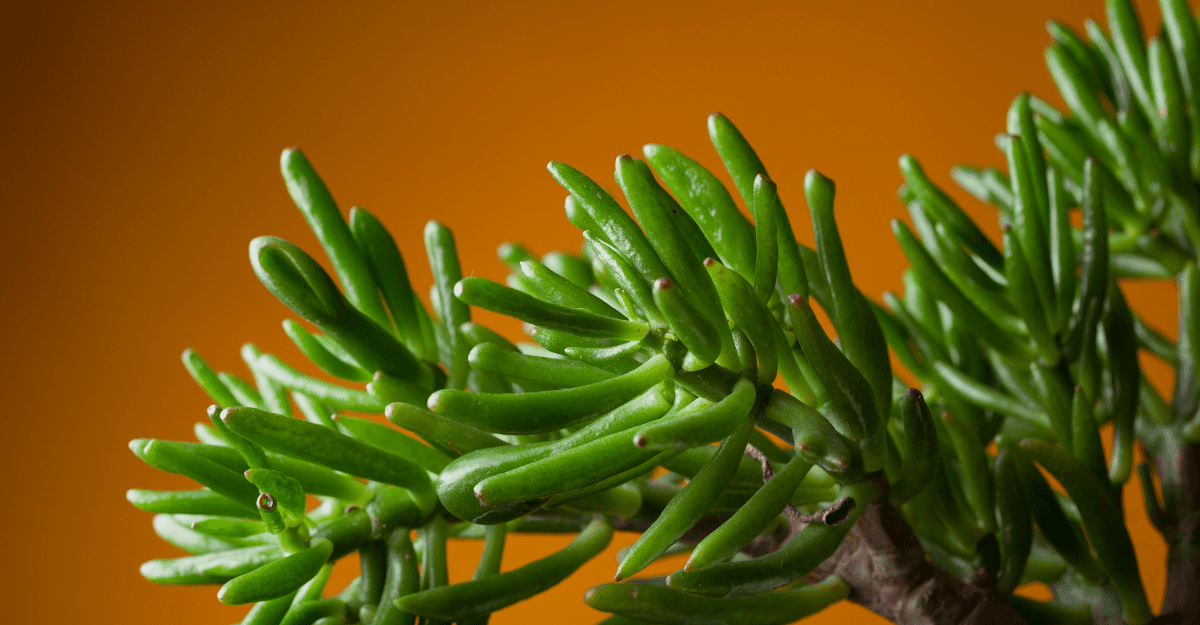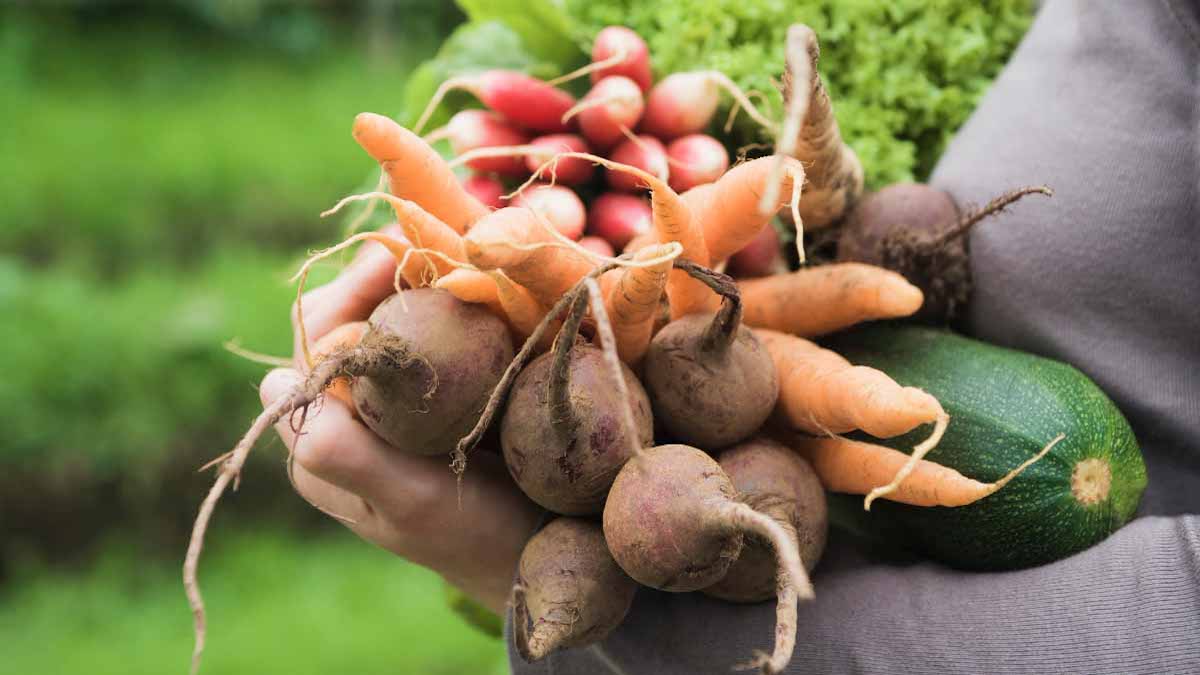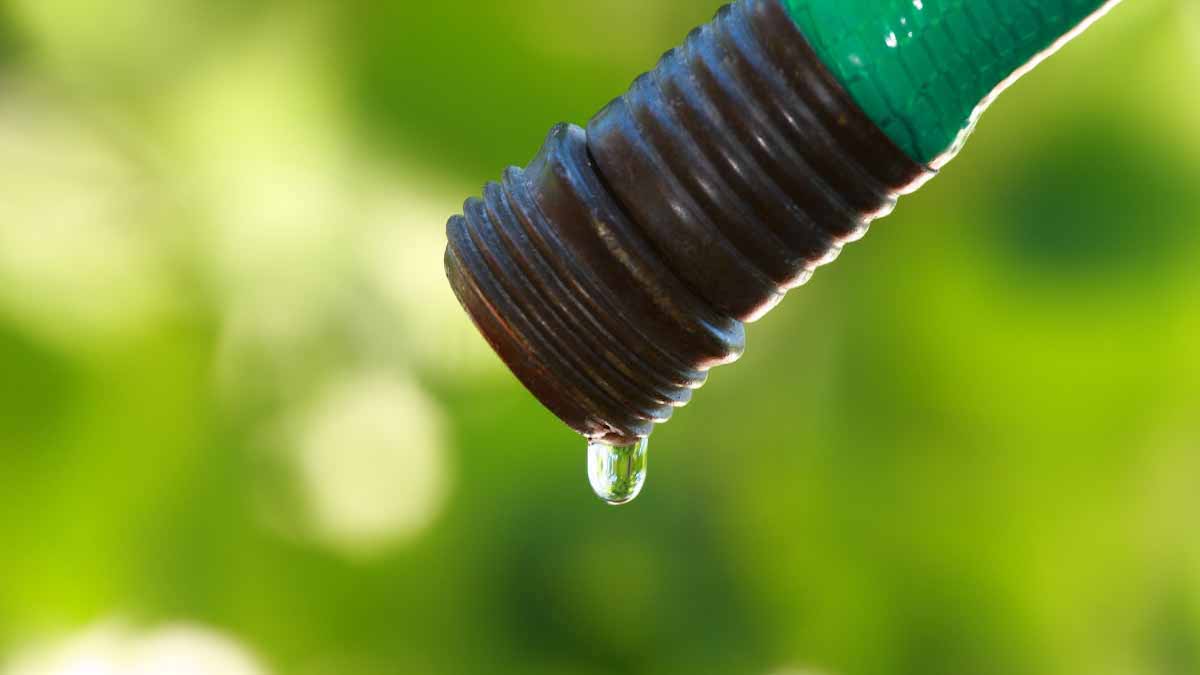
Succulents can be one of the most black thumb-friendly plants in existence. However, even these easygoing plants need special love if they reside in an area that’s out of their native habitat. Follow these tips to keep your succulents healthy as the temperatures dip!
Despite growing in a variety of different climates, succulents come from warm, dry regions with relatively low humidity and minimal rainfall. So when our temperatures start dipping into the freeze zone, we need to take some additional steps to ensure they are ready to rock and roll when we warm back up again.
Unless you have sedums or sempervivums (these gals tolerate frost), your succulents will need to be covered if they are outside. Invest in translucent frost cloth that will allow your plants to photosynthesize while protecting them from the harsh temperatures. If your succulents are in pots, you can move them indoors to a space that stores enough above-freezing temperatures to keep them going (i.e. a south-facing wall or sunroom). Most plants will go into dormancy, slowing their growth along with their water needs. We’re going for drier soil this time of year.
Another thing to watch out for is mealy bugs. Infestation resembles a fluffy white substance on the leaves. Treat immediately by spraying isopropyl alcohol. If you have multiple plants, isolate any infested plants from their healthy friends. The best preventative is good air circulation. Keep a fan going or open a few windows to keep the air flow going.
Visit our blog for more gardening tidbits!








